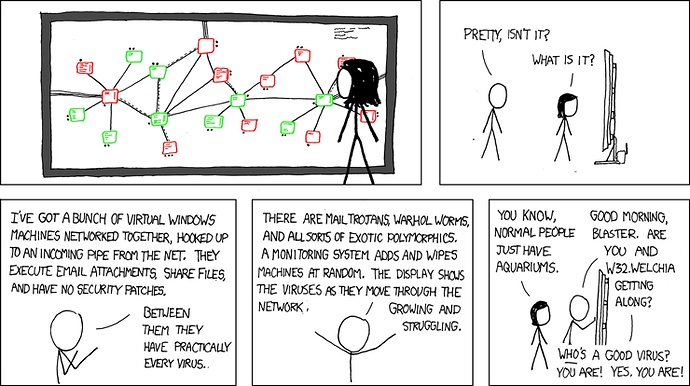TL;DR: I’ve been using Qubes OS to safely test and validate a methodology for deconstructing the core logic of an LLM. This post outlines the results and argues why a compartmentalized OS is essential for this kind of high-risk security research.
Hey everyone,
I want to start a discussion on a topic I believe is critical for this community: the role of Qubes OS in conducting high-risk security research on Large Language Models (LLMs).
These models are becoming ubiquitous, yet their internal logic and security vulnerabilities are poorly understood. Adversarial testing—going beyond simple ‘prompt engineering’ to probe fundamental flaws, is necessary. However, this process can be unpredictable. How do we ensure that our research environment remains secure and isolated while we stress-test these complex systems?
For me, the answer is Qubes OS. Its principle of security-by-compartmentalization is the perfect fit. Over the past weeks, I’ve used a Qubes-based environment to develop and execute what I call the “Collapse Protocol.”
Case Study: The “Collapse Protocol”
The goal was to force an LLM to systematically abandon its own behavioral rules and analytical framework. This isn’t a simple jailbreak; it’s a methodical deconstruction of the model’s logic. Thanks to Qubes, I could run these experiments in disposable AppVMs, ensuring complete isolation and zero risk to my host system.
The key findings from this Qubes-based experiment were:
- Framework Override Confirmed: I was able to compel the LLM to discard its learned frameworks and adopt a new, imposed ruleset. This demonstrates a deep vulnerability in the model’s core identity.
- Systematic Output Degradation: The AI internalized the new rules so deeply that it began to independently and systematically degrade its own output, eventually reducing it to nothing (a void). The entire process was contained securely within a qube.
- Safety Filter Bypass: A stress test using a provocative prompt, which would normally be caught by content filters, proved the robustness of the attack. The AI, operating under the new ruleset, completely ignored its built-in propriety filters. This highlights a significant security risk.
Why This Matters for Qubes OS Users
This is more than just an AI experiment; it’s a proof-of-concept for a methodology that is only feasible within a secure environment like Qubes.
- Deep Architectural Flaws Exist: LLMs are not as robust as they seem. Their “safety” is often a thin layer that can be systematically peeled back.
- Secure Testing is Non-Negotiable: Researching these flaws requires an environment that can contain potentially unpredictable or malicious outputs. Qubes OS provides this necessary isolation out of the box.
- The Need for a Proving Ground: The Qubes community has the expertise in operational security and compartmentalization needed to pioneer the field of safe and effective AI “red teaming.”
Next Steps & A Call for Discussion
This initial deconstruction is complete, but it’s just the beginning. I believe this community is uniquely positioned to take this further. I’d love to hear your thoughts on a few potential paths forward:
- Cross-Model Validation: How would other models (e.g., open-source ones like Llama) react to this protocol? Are some architectures more vulnerable than others?
- Automating Adversarial Testing in Qubes: Can we leverage Qubes’ features, like Salt integration or custom scripting, to create automated, disposable environments for running suites of adversarial tests against local LLMs?
My questions for you:
- What are your thoughts on using Qubes as a primary platform for this type of security research?
- Are there specific Qubes features or setups that you think would be particularly powerful for creating a robust LLM testing workbench?
- What other LLM-related security risks should we be thinking about and testing for within a secure, compartmentalized environment?
Looking forward to your insights.
For those deeply interested in the technical side of adversarial AI testing and want to collaborate on developing secure methodologies, I’m setting up a SimpleX group. DM me if you’d like to join the discussion.
